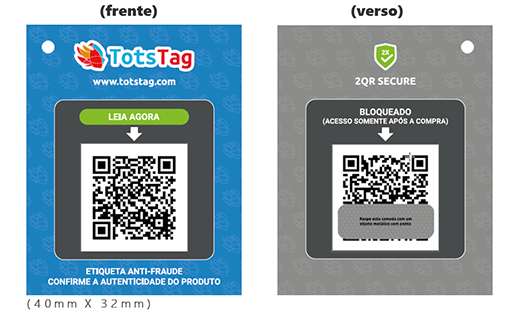Licensing management and trademark protection
Protect your company brand
Licensing and trademark protection
How to protect your brand?
Manage your brand licensing.
What product is being licensed?
How many licensed items?
Who is licensed to use the brand?
How to fight counterfeiting?
Our solution answers these questions.
Football Teams Trademark Protection
Imagine a great football team, did you think? I bet it's one that makes your heart beat faster.
A powerful asset for any football team is its brand, yes generations pass, the coach and all the players change and the team remains the team of the heart.
So this Brand, the brand of your favorite team, sells well! Passionate fans buy t-shirts, mugs, flags, key chains and a multitude of items customized with their team's colors and branding.
There are, for example, Football Clubs that license their brand for dozens of other companies to produce products that meet the wish list of their fans. .
When a brand becomes known, it comes with opportunities and challenges. Opportunities are linked to the brand's value and the trust it earns from its customers. The difficulties are related to the protection of the brand's value in the face of frauds that become attractive to groups that seek to obtain money by piggybacking on the brand, the most common fraud being counterfeiting.
Let's go to the first one that happens when a counterfeiter, for example, starts distributing and marketing shirts that are not licensed and in no way authorized by the brand owner. This becomes serious for the brand that loses revenue and reputation.
When the brand licensing company enters into a contract with a few dozen companies that have agreed to license this brand for their products, the management of royalties owed by each licensed company begins to outline more complex contours and the brand licensing company is more prone to fraud.
Here I will give an example of a fraud common to this branch of activity, remembering that the royalties owed by each licensed company is normally linked to a percentage of the sales value per unit of the licensed product.
The licensed company XYZ of the football club ZXX informs its licensee that in the current month it has produced:
– 10,000 units of caps (low value-added item)
– 2,000 units of official sports shirts (high value-added item)
However, the truth of the facts is different, they were produced:
– 2,000 units of caps (low value-added item)
– 10,000 units of official sports shirts (high value-added item)
How to investigate the alleged fraud?
I agree that there are some plausible options, such as auditing, unscheduled visits to the facilities, etc… However, they all generate costs and strain on the relationship between the companies involved.
Thus, we provide a solution that makes these numbers transparent to the licensee and licensor and places the end customer as a supervisor of the entire process. In addition to guaranteeing the final customer the purchase of authentic products.
With the TotsTag platform, each item sold receives a Tag that identifies the qualification of the item and makes the quantity of Tag acquired by each licensee transparent to the licensor.
Each batch of Tag meets a set of items with the same characteristics, the acquisition of these batches is carried out on demand by the licensee and the licensor has access to reports that inform the amount of Tag requested and for which type of products they were used. Any disagreement with the order would be questioned by the end customer, such as the reason for having purchased a shirt and the traceability and authentication tag describing the characteristics and photo of a cap.
Thus, this tool ensures a good relationship between the licensor and the licensee and also brings security to the end customer by guaranteeing the sale of authentic products.
Label templates


of licensing management and protection against counterfeiting.

